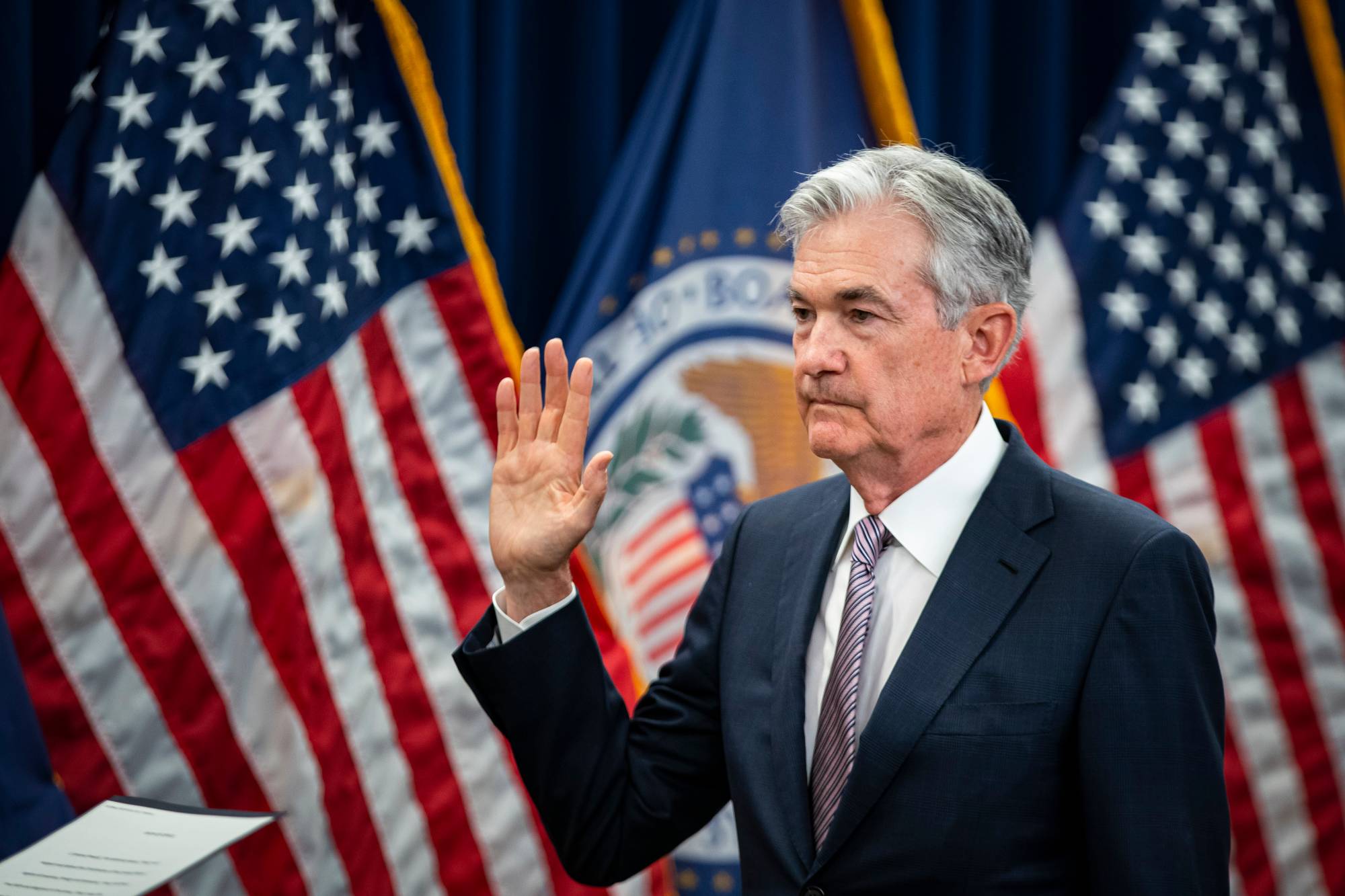With prices in many advanced economies surging, central banks are being roundly criticized for falling “behind the curve” on inflation.
But they didn’t. Government policies and geopolitics constrained central bankers from normalizing their monetary policies until inflation was already upon them. Chinese and Russian supply-chain disruptions collided with the synthetic demand created by the U.S. Department of the Treasury mailing free money to American consumers.
There is now very little room for monetary tightening without stalling the economy (which is already faltering under tightening financial conditions). But make no mistake: the window to tighten monetary policy was missed because of decisions made by political leaders. It is they who bear responsibility for fixing the problem, keeping in mind that the longer-term economic environment is still defined by the “three Ds”: rising debt, demographic aging and disruptive labor- and demand-displacing technologies. In these conditions, persistent disinflation is more dangerous than episodic inflation.

















With your current subscription plan you can comment on stories. However, before writing your first comment, please create a display name in the Profile section of your subscriber account page.